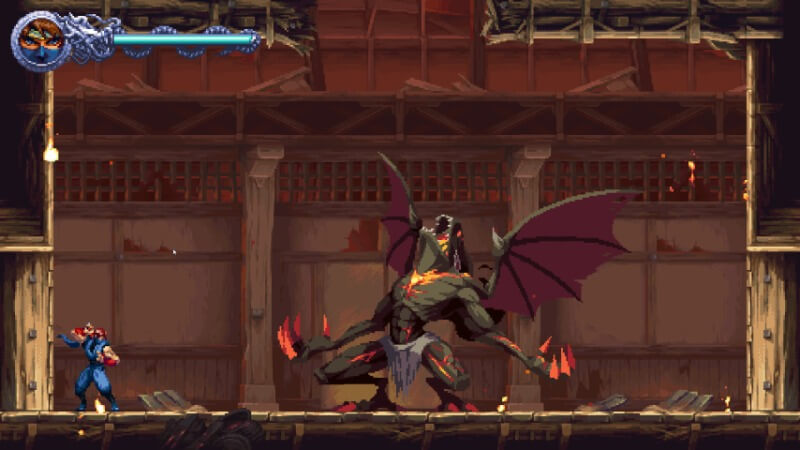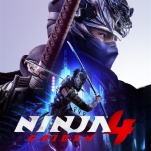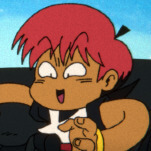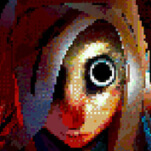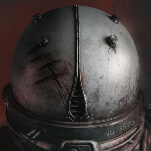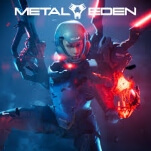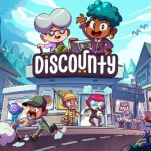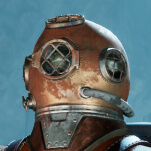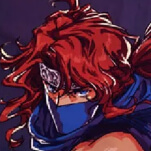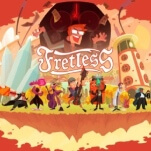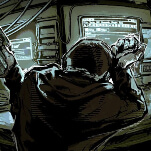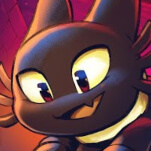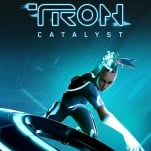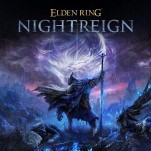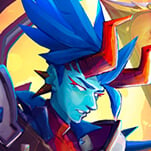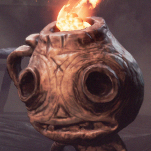Ninja Gaiden: Ragebound Hones The Series’ 2D Platforming To A Fine Point
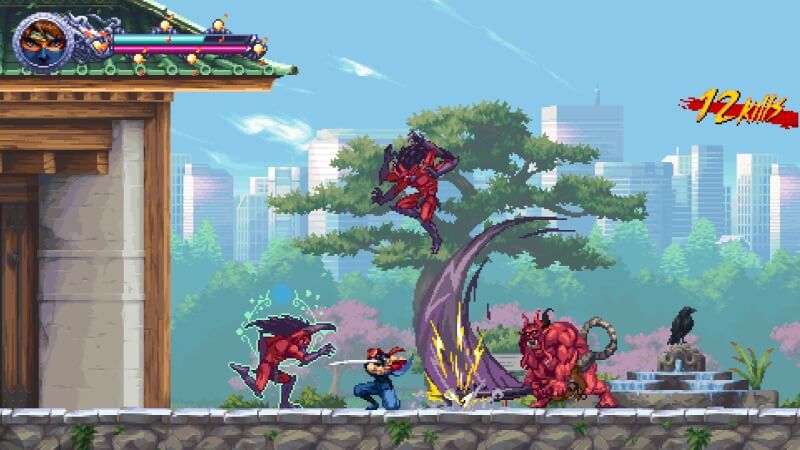
Before this year, the Hayabusa Clan had been missing in action. After Team Ninja’s 3D action games met an ignominious end with Ninja Gaiden 3 and the series fell to even further depths with the largely forgotten Yaiba: Ninja Gaiden Z, these games slunk into the shadows for more than a decade.
But after a long break, this year has been an all-out ambush: an Unreal Engine 5 remaster of Ninja Gaiden 2 Sigma, titled Ninja Gaiden 2 Black, came out in January, and PlatinumGames and Team Ninja are putting out the highly anticipated Ninja Gaiden 4 this October.
And there’s a third: sandwiched between this pair of character action games is Ninja Gaiden: Ragebound, a 2D throwback from The Game Kitchen (Blasphemous) that borrows from every era of the series, refining these ideas into a razor-sharp platformer. Sure, it’s more an iteration than a reimagining like Ninja Gaiden (2005), and is caught in the limitations of nostalgia and homage as a result, but it’s so fast, responsive, and well-presented that you’ll mostly be too fixated with slicing through demons to notice.
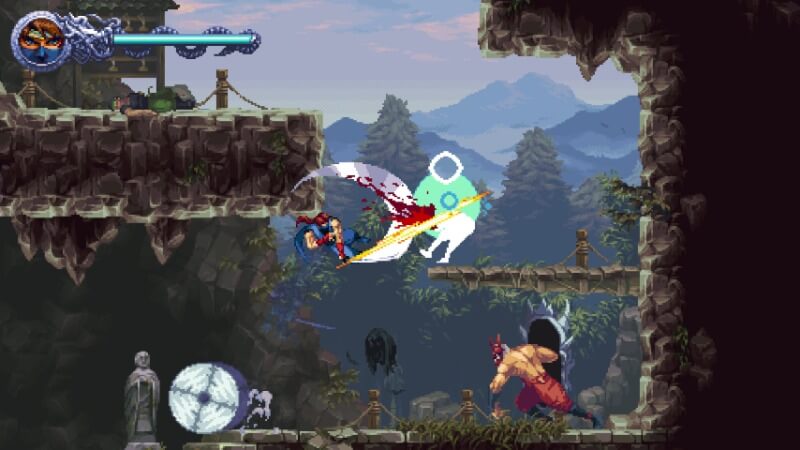
Set chronologically between the Team Ninja prequels and the original NES trilogy (which feels quite fitting), the story begins as Ryu Hayabusa heads to America to repeatedly get knocked into holes, leaving his disciple Kenji Mozu to look after a burning Hayabusa village beset by Fiends. Unfortunately, for Kenji, his investigation into the source of this demonic invasion comes to a premature end after he’s bested and left on death’s door by a conniving big bad. This isn’t the end, though, because he meets Kumori, a Black Spider Clan ninja who was similarly defeated by the invading demons. After combining their spirits into a single body through an occult artifact, these former foes are forced to put aside their differences to stop Armageddon.
As for what this fusion means mechanically, Ragebound has a bit of an Ikaruga-thing going on, to put it inelegantly. While you occasionally control these two separately—Kenji with his close-ranged sword, and Kumori with her long-distance kunai—their toolsets are fused for most of the game, resulting in one Voltron-like super ninja.
As for where Ikaruga comes in, as you’re slicing through hordes of flesh-devouring monsters and CIA operatives (what’s the difference? [ba-dum-tiss]), these foes will occasionally glow blue or red. If they’re blue, you’ll want to slash them with Kenji’s sword, while if they’re red, you’ll want to kill them with one of Kumori’s projectiles. If you do, you’ll gain a “Hypercharge,” which powers up your next attack so that it kills anything but bosses in a single stroke.
This Hypercharge system is a neat addition that’s consistently supported by the encounter design, as beefier foes are almost always paired with a glowing lesser enemy that sets up a one-shot. When done correctly, you can cut through enemies with such speed and precision that you’ll be on the next screen before their smoothly sliced torsos meet the ground.
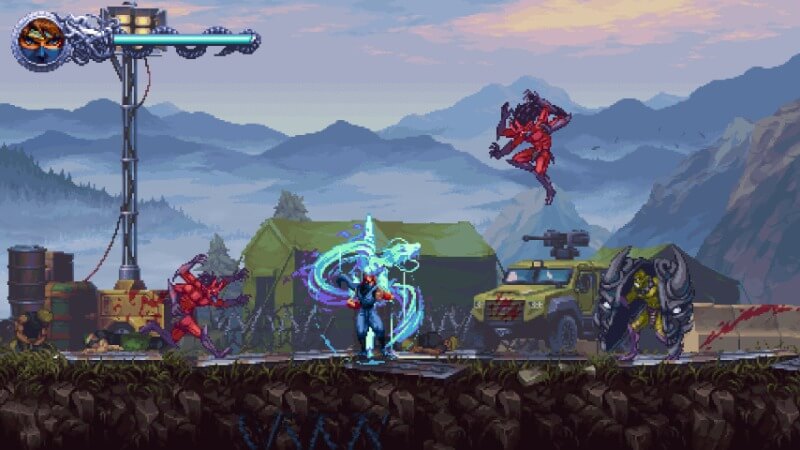
There’s a sense of flow as you move from one victim to the next, and when fully locked in, you’ll quickly analyze armies of pixelated hellspawn approaching from every angle before cooly dissecting them in sequence—like in the original NES game, most regular enemies are felled with a single blow, and if you rev up your Hypercharges, even the big boys go down quickly. Or, you’ll probably mess up every once in a while, slashing when you should have chucked a kunai or chucking when you should have slashed as you try to parse the onslaught of angry little demons sprinting at full speed; even if things don’t go perfectly, it’s still always a fun challenge.
And it’s not just the Hypercharges that make these encounters brisk and definitive, because virtually every tool in your toolbox adds to the sense of barrelling through stages like a speedrunner. First off, you can climb walls and ceilings, letting you traverse these environments with ease. Then there’s the Guillotine Slash, an air attack that enables you to bounce off enemies, something you’ll do ad nauseam to clear otherwise insurmountable chasms.
-

-

-

-

-

-

-

-

-

-

-

-

-

-

-

-

-

-

-

-

-

-

-

-

-

-

-

-

-

-

-

-

-

-

-

-

-

-

-

-

